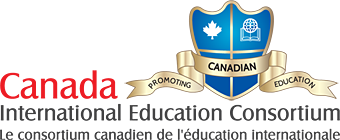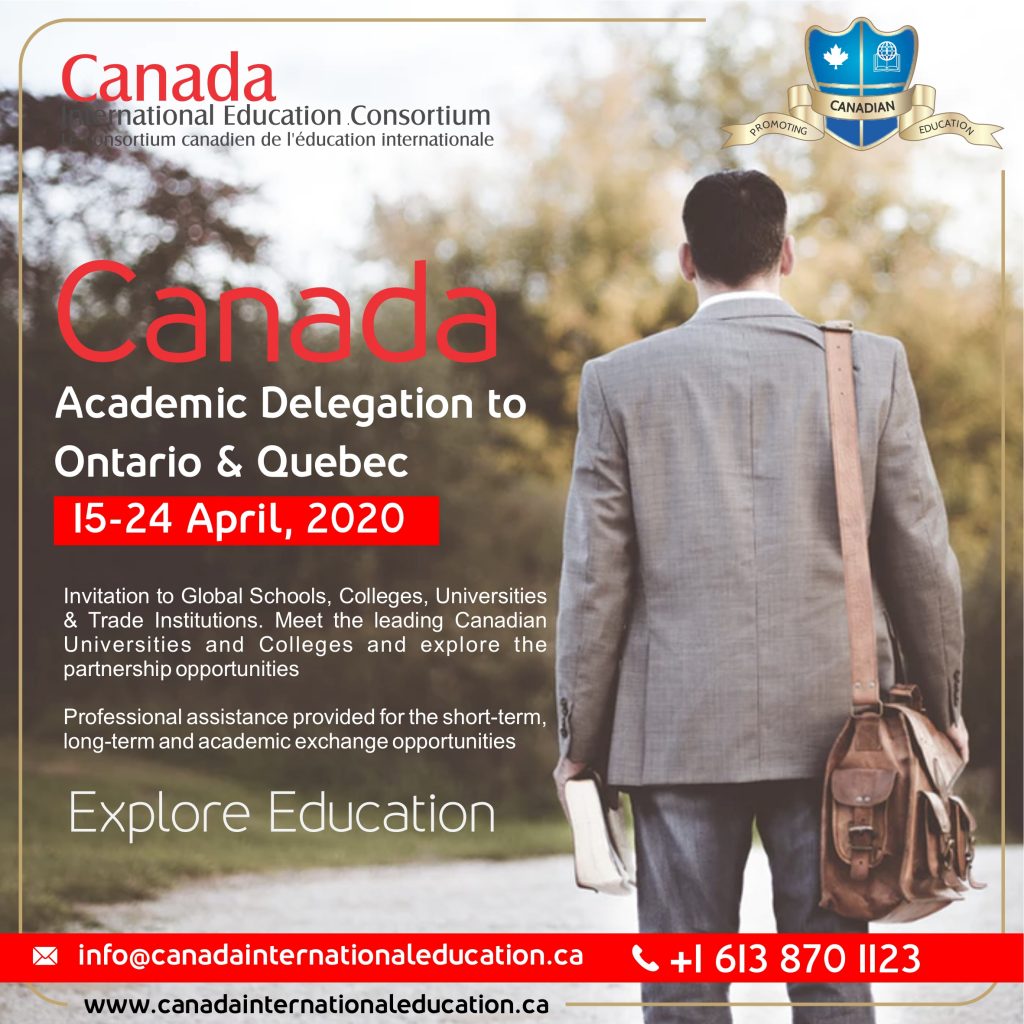Canadian Education

Education in Canada is highly regulated and monitored carefully by each province and the federal government. The Departments of Immigration, Labor, and a few others also participate in issues related to education, curriculum, and delivery. The objective is to ensure that all those that receive an education, be it a secondary school diploma or post-secondary diploma or even a Ph.D. are gainfully engaged at the end of their effort. Annually, every college publishes the details of employment secured by their respective alumni. This is an important benchmark of their achievement as an institution.
Education is within provincial jurisdiction and the curriculum is designed and delivered as per the rules of the province. Within the provinces under the ministry of education, there are district school boards administering the educational programs. The federal government oversees the overall quality and content of the various programs.
A student begins his education in Canada from the age of five (kindergarten) or (Grade One) age six. After twelve years of schooling, the student finishes his or her schooling and moves on post-secondary studies. In Quebec, the student finishes one year earlier. Canada has the highest tertiary school enrolment as a percentage of their graduating population.
After schooling, a student has the option to join the workforce or continue with post-secondary studies. A student can choose to study at a university or a community college or a career college or something in between. There are job opportunities at every level and one can even study part-time or take a break from work and re-join the academic stream as a full-time student.
Types of Institutions
The entry requirements for each of the above are different and so is the end result. However, the Canadian society or the government does not discriminate between an alumnus of a university and a community college. Very often students take a break from university education to do a specific program at a community college, work for a while and then get back to university studies.
Similarly, a student can join a community college for a one or two-year diploma in a field of study of his/her choice in order to secure an employment and get real-life work experience. After a year or two of work exposure, the student can secure a seat in a program in the university and also transfer his/her college diploma credits.
Education in Canada is highly regulated and monitored carefully by the province and the federal government. The Departments of Immigration, Labour, etc. also participate in issues related to education, curriculum, and delivery and so on. The objective is to ensure that all those that receive an education, be it a secondary school diploma or post-secondary diploma or even a Ph.D. are gainfully engaged at the end of their effort. Annually, every college publishes the details of employment secured by their respective alumni. And this is an important benchmark of their achievement as an institution.
Education is within provincial jurisdiction and the curriculum is designed and delivered as per the rules and of the province. Within the provinces under the ministry of education, there are district school boards administering the educational programs. The federal government oversees the overall quality and content of the various programs.
A student begins his education in Canada from the age of five (kindergarten) or (Grade One) age six. After twelve years of schooling, the student finishes his or her schooling and moves on post-secondary studies. In Quebec, the student gets to finish one year earlier. Canada has had the highest tertiary school enrolment as a percentage of their graduating population.
After schooling, a student has the option to join the workforce or continue with post-secondary studies. A student can choose to study at a university or a community college or a career college or something in between. There are job opportunities are every level and one can even study part-time or take a break from work and re-join the academic stream as a full-time student.





